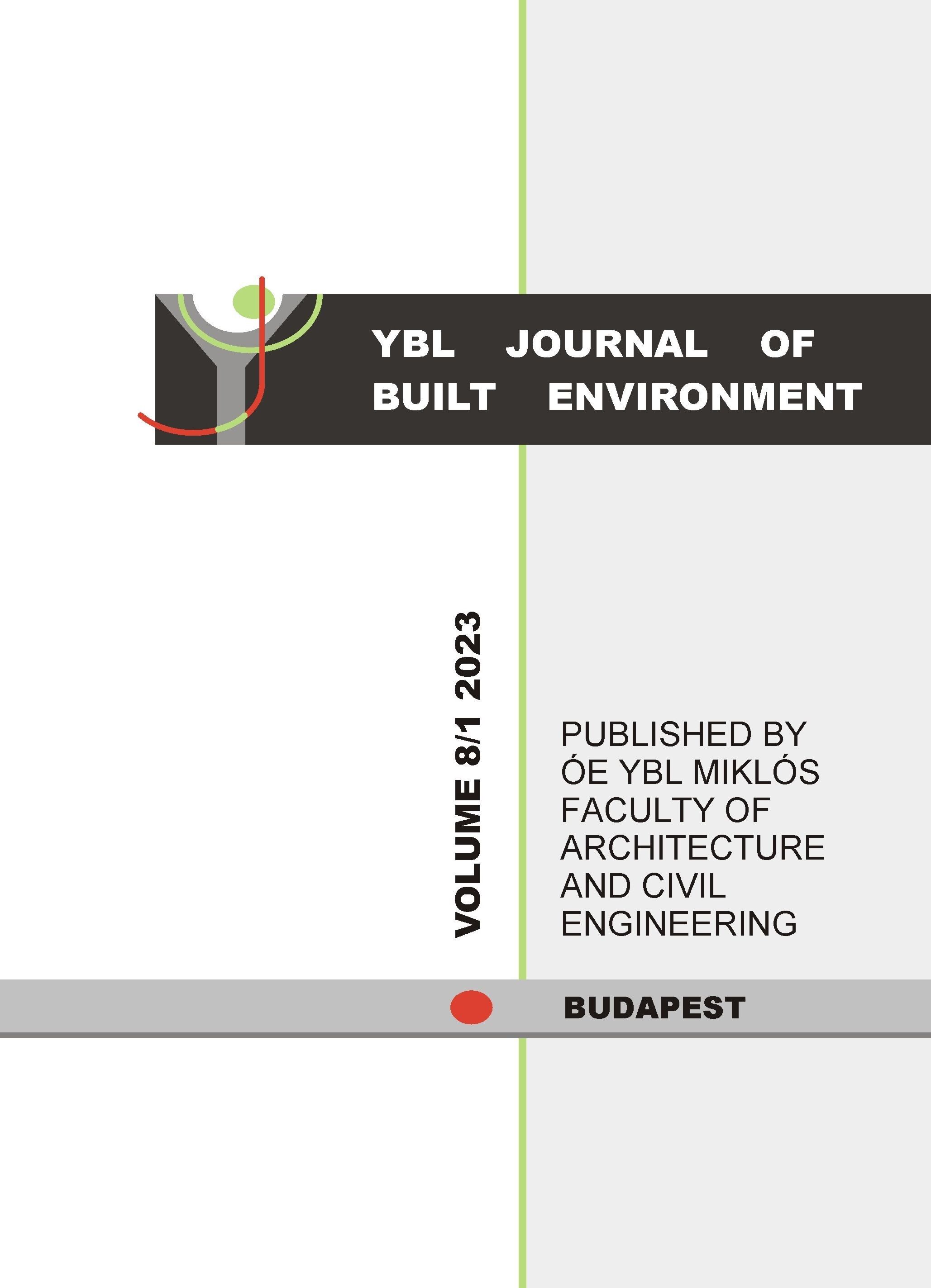On the Architectural Origin of the Contemporary Eco-regionalist Architecture in Szekler Land
Keywords:
contemporary architecture, Szekler Land, Transylvania, eco-regionalism, barnAbstract
In 2019, the Research Institute of Art Theory and Methodology of the Hungarian Academy of Arts launched architectural research in Szekler Land. The aim of the project was to explore the context in which the new contemporary architectural trends, independent of the developments in Hungary but inseparable from the architectural and natural features of the local cultural landscape, emerged in Szekler Land in the first half of the 2000s. The research sought to explore the architectural-sociological background of the phenomenon and arrived at the conclusion that barns played a key role in the eco-regionalist shift in the contemporary architecture of Szekler Land. The study discusses the impact exerted by barns over time, while stating it as a thesis that barns became the catalysts in contemporary architectural aspirations because their details and solutions overlap with currently popular architectural solutions. Beyond barns being a source of inspiration regarding architectural forming, they have an indisputable urbanistic significance too: their position and scale provide examples of how new residential buildings, which are bigger than former peasant houses and which accommodate modern functions, can be placed in the rural tissue of villages. This means that barns have become valuable not only as an adoptable type and as an urbanistic organizational element but have also created an integral connection between the past traditions of form and popular trends in contemporary architecture.
Downloads
Published
Issue
Section
License
Copyright (c) 2024 YBL Journal of Built Environment

This work is licensed under a Creative Commons Attribution-NonCommercial-NoDerivatives 4.0 International License.


